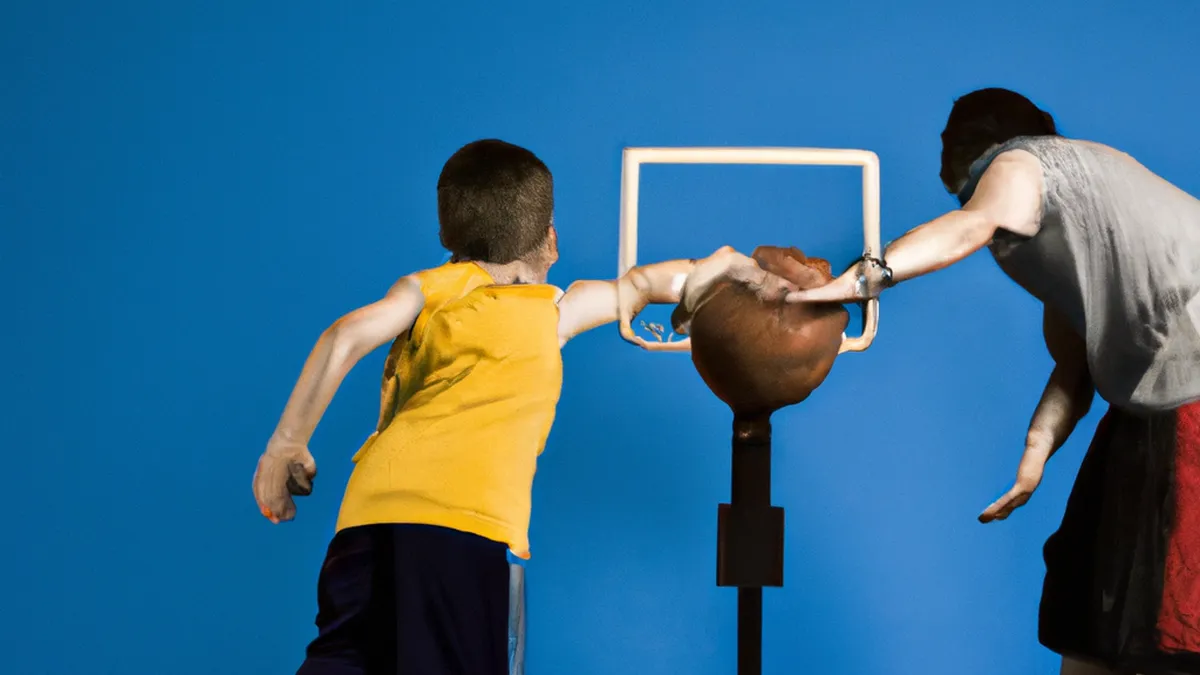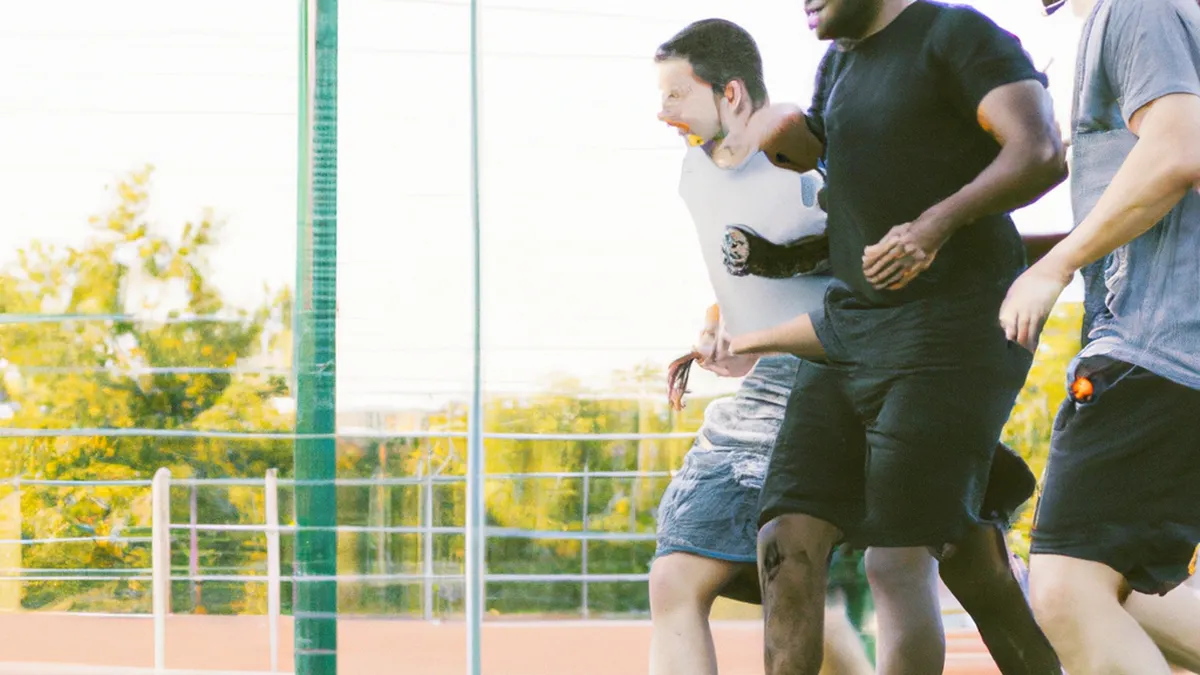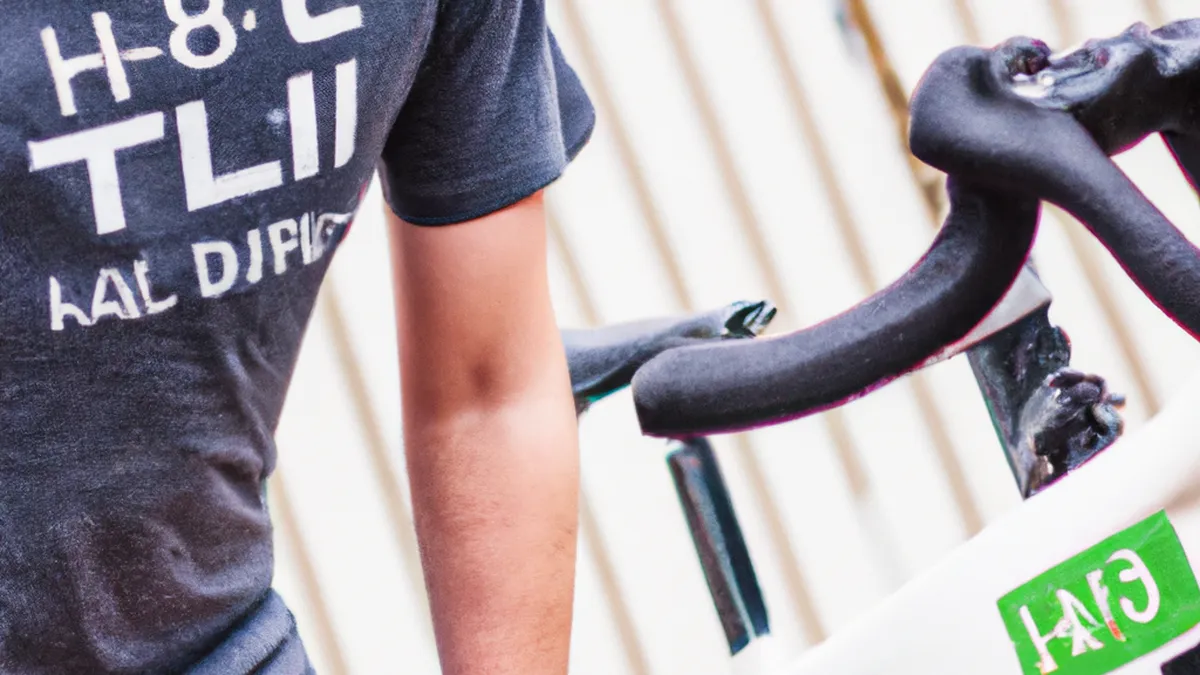Adaptive Sports: Bridging Gaps for Young Athletes
Engaging Youth Through Adaptive Sports
Adaptive sports offer youth with disabilities a chance to engage in physical activities that promote inclusion and teamwork. These sports eliminate barriers that often hinder participation in traditional athletic programs. By fostering inclusive environments, adaptive sports enhance physical health and emotional well-being. Youth involvement in adaptive sports can significantly impact their lives, both on and off the field.This blog post explores effective strategies to encourage youth participation in adaptive sports. We provide practical advice for coaches and parents and highlight the benefits of these sports.
Tips for Getting Youth Involved
As an Amazon Associate I earn from qualifying purchases.
Gear tip: consider indoor basketball, basketball shoes, and ball pump to support this topic.
Engaging youth in adaptive sports can be simple with the right strategies. Here are effective methods:
1. Start with Awareness
Create awareness to engage youth in adaptive sports. Organize community events, workshops, or demonstrations that showcase various sports. Invite local teams and athletes to share their experiences. This exposure can spark interest among youth and families, revealing the joys and benefits of participation.
2. Foster a Supportive Environment
A welcoming atmosphere encourages participation. Train coaches, volunteers, and staff to understand each athlete’s unique needs. This understanding creates a safe space where youth feel comfortable trying new activities. Positive reinforcement and encouragement from coaches and peers enhance the experience, making it enjoyable.
3. Provide Opportunities for Trial
Offer free trial sessions to engage youth in adaptive sports. This allows them to explore activities without financial pressure. Providing a variety of options—like wheelchair basketball, adaptive swimming, or sitting volleyball—helps youth discover what resonates with them. These trial opportunities increase participation and enthusiasm.
4. Involve Families
Family involvement is crucial for encouraging youth participation. Organize family-friendly events where parents and siblings can participate. This inclusion strengthens family bonds and builds a supportive community around the athletes. Engaged families motivate youth in their athletic pursuits.
Advice for Coaches and Parents
Coaches and parents play a vital role in fostering engagement in adaptive sports. Here are essential tips for both:
1. Focus on Individual Strengths
Recognize and celebrate each athlete’s unique abilities. Coaches should tailor their methods to fit individual strengths and needs. This personalized approach enhances the athlete’s experience and performance. By focusing on capabilities, coaches instill confidence and empowerment.
2. Encourage Teamwork
Teamwork is fundamental in sports, including adaptive sports. Coaches should emphasize collaboration and camaraderie among team members.
Conclusion
In summary, engaging youth in adaptive sports fosters inclusion, teamwork, and personal growth. Effective strategies and family involvement enhance participation and create supportive communities.
Below are related products based on this post:
FAQ
What are adaptive sports?
Adaptive sports are physical activities designed for youth with disabilities, promoting inclusion and teamwork. They eliminate barriers that often limit participation in traditional athletic programs, allowing all athletes to engage meaningfully.
How can we encourage youth participation in adaptive sports?
Encouraging youth participation can be achieved through awareness, supportive environments, trial opportunities, and family involvement. Organizing community events and providing free trial sessions help spark interest and engagement among youth and their families.
What role do coaches and parents play in adaptive sports?
Coaches and parents are crucial in fostering engagement in adaptive sports. They should focus on individual strengths, encourage teamwork, and create a welcoming atmosphere to support youth in their athletic pursuits.















Post Comment